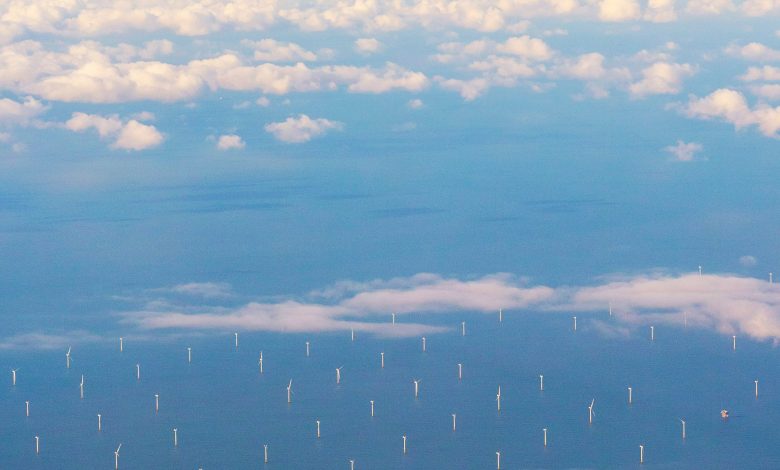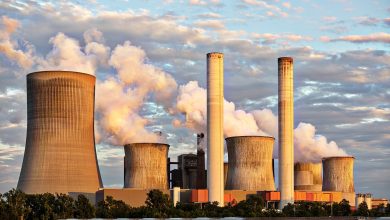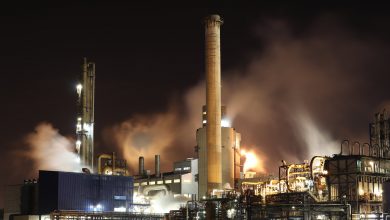Wind Power and Fossil Fuels

You may have seen the massive wind turbines driving on rural highways or images of these energy behemoths constructed in the ocean. Utilizing the wind’s kinetic energy, blades collect air and lift causing them to turn a drive shaft. This rotator is when electricity is generated. However, wind farmer operators must consider where is the best place to harvest this power.
Though the United States does not depend as much on wind-generated electricity as places like Denmark (where wind accounts for 40 percent of its total electricity generation), it is starting to depend on it increasingly so each year. In 2018, it accounted for 20 percent of the new additions to the energy grid, though its total percentage in energy production is less than 10 percent.
The trouble with wind power is where to best capture the most wind possible, though once built wind turbines are able to capture an infinite amount (as wind will always exist). The optimal space for a wind turbine is somewhere that has average wind speeds between 9 miles per hour and 13 miles per hour — depending on whether the turbine is small or utility-size. The area should also have consistent wind or at least long seasons where the wind is strong and blows frequently. The top wind power producing states are (in order) Texas, Oklahoma, Iowa, Kansas, and California.
 Photo by Kai Gradert on Unsplash
Photo by Kai Gradert on Unsplash
Wind power vs. fossil fuels costs
Wind power, like other renewable energy resources, has been critiqued for its hefty start-up costs. However, as technology changes, there is are increased, cost-affordable opportunities to develop these types of electricity generators. The levelized cost of energy (LCOE) — or the minimum price an energy source must be sold as in order for production to break even — for natural gas is between $65.60 per megawatt-hour and $67.10 per megawatt-hour and the LCOE is between $123 per MWh and $135.50 per MWh. Onshore wind is currently at about $55 per MWh, and has seen some significant decreases over the years. From late 2017 to early 2018, wind power LCOE dropped 18 percent. Because of these prices, USA Today called wind (and solar) power generation the “go-to source” for upcoming electricity production projects.
Wind power and the environment
Wind turbines do not produce emissions, and therefore do not pollute the air nor water. However, this does not mean that wind generation is completely innocent when it comes to environmental impact. There have been occurrences of turbines catching fire or leaking fluids, but these are rare cases. One issue that the federal government is researching solutions for is the killing of birds and bats. There are some wind projects that have contributed to the decline of bird/bat populations in nearby areas.
In the larger picture, though, in 2018 the wind power that was used instead of fossil-fuel generated electricity factored out 200 million tons of carbon pollution (or the emissions of 43 million cars).
On the water side of things, wind energy does not require it. Thermal power plants use water to cool down equipment or as part of the process to produce electricity. Not including renewable sources, the energy field uses more water than even the agriculture field — which means that wind energy could be one way to conserve water.
Sources
Energy Information Administration. “Wind explained”
John Timmer (2019). “Wind power prices now lower than the cost of natural gas” Ars Technica.
Nick Cunnigham (2018). “Energy costs: Renewables close in on fossil fuels, challenging on price” USA Today
American Wind Association. “Wind’s Environmental Record”



